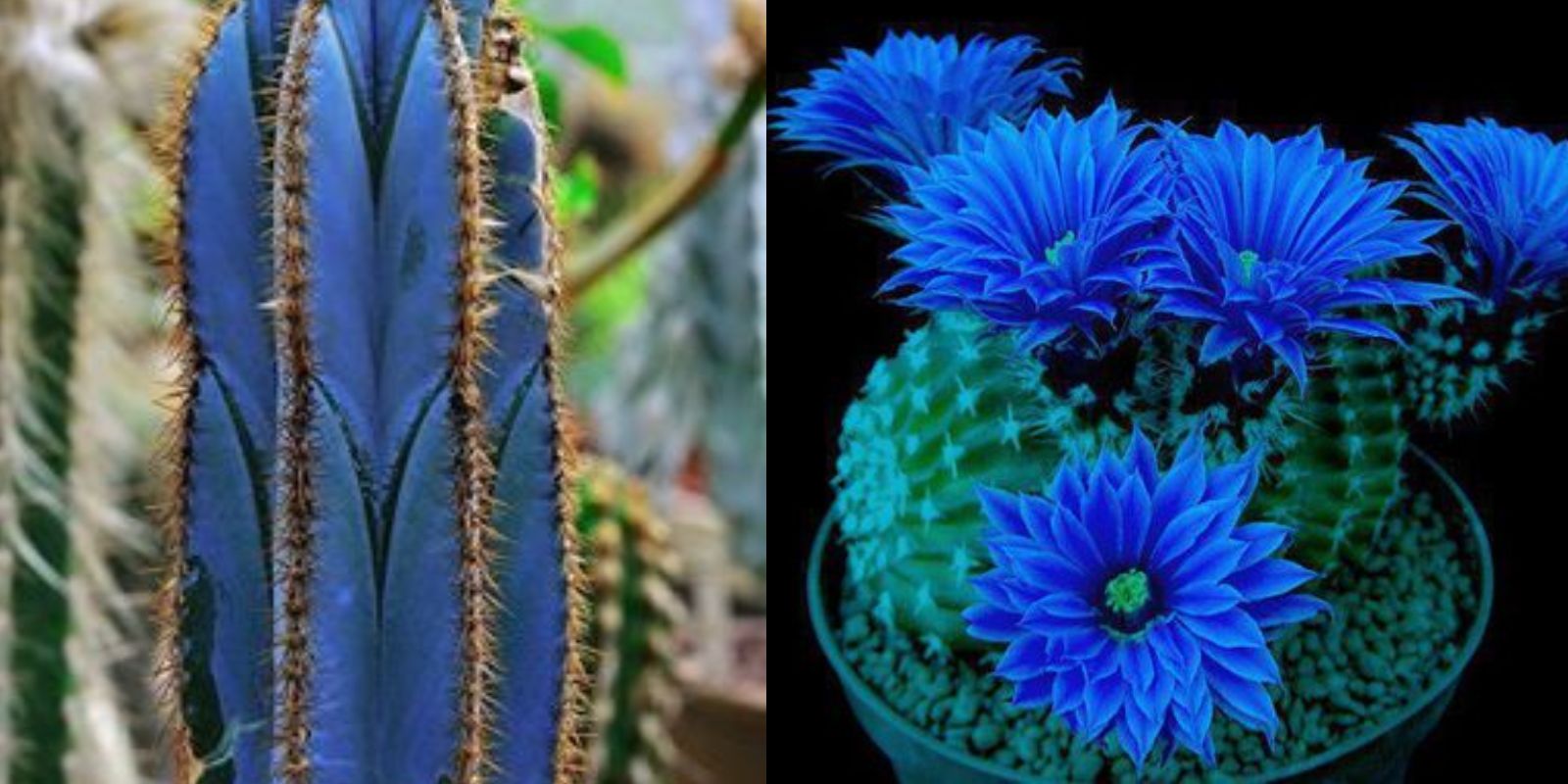The Blue Cactus, scientifically known as Astrophytum myriostigma, is a captivating succulent that attracts plant enthusiasts and beginners alike. This unique cactus is celebrated for its star-shaped, ribbed structure and the distinctive white, dot-like patterns on its bluish-green skin. Native to the arid regions of Mexico, the Blue Cactus is not only a visual delight but also a hardy and low-maintenance plant, making it a perfect addition to any home garden or indoor plant collection.
Introduction to Blue Cactus
Astrophytum myriostigma, commonly referred to as the Bishop’s Cap cactus, belongs to the family Cactaceae. Its unique appearance, characterized by a smooth, spineless surface and star-shaped ribs, sets it apart from other cacti. The plant’s bluish hue, coupled with tiny white trichomes that create a speckled effect, enhances its aesthetic appeal. In its natural habitat, the Blue Cactus grows in limestone-rich soil and can reach up to 2 feet in height, though it usually stays smaller in cultivation.
Choosing the Right Container
Selecting an appropriate container is the first step in growing a healthy Blue Cactus. The pot should have adequate drainage holes to prevent water accumulation, which can lead to root rot—a common issue with succulents. Terracotta pots are ideal as they allow for better air circulation around the roots and help absorb excess moisture. The size of the pot should be proportionate to the plant’s size, giving enough room for root expansion without being too spacious, which can cause water retention issues.
Soil Preparation
The Blue Cactus thrives in well-draining soil, which is crucial for preventing waterlogged conditions. A commercial cactus mix is often sufficient, but for those who prefer a custom blend, a mix of regular potting soil, coarse sand, and perlite in equal parts works well. This mixture ensures good drainage while retaining the necessary moisture for the cactus’s roots. Adding small amounts of gravel or crushed granite can further enhance drainage.
Planting the Blue Cactus
When planting the Blue Cactus, gently remove it from its original pot and shake off any excess soil from the roots. Place the plant in the new pot, ensuring the roots are spread evenly. Cover the roots with the prepared soil mix, making sure not to bury the stem too deeply, as this can lead to rot. It’s advisable to leave the plant dry for a week before the first watering to allow any damaged roots to heal, preventing infections.
Sunlight and Placement
Blue Cactus thrives in bright, indirect sunlight. While it can tolerate direct sunlight, especially during the morning, excessive exposure can cause sunburn, resulting in brown spots on the skin. Ideally, place the cactus near a south or east-facing window where it can receive ample light without direct midday sun. If grown outdoors, ensure it is shaded during the hottest parts of the day.
Watering Schedule
Watering is a critical aspect of Blue Cactus care. The plant is drought-tolerant and does not require frequent watering. During the growing season (spring and summer), water the cactus thoroughly when the soil is completely dry. In the dormant season (fall and winter), reduce watering to once every few weeks or even less, depending on the humidity levels. Overwatering is a common cause of failure in growing this cactus, as it can lead to root rot.
Temperature and Humidity
Astrophytum myriostigma is well-suited to warm temperatures and low humidity. The ideal temperature range is between 70-85°F (21-29°C) during the day, with cooler nights. The cactus can tolerate temperatures as low as 50°F (10°C) but should be protected from frost. Low humidity conditions are preferable, mimicking the cactus’s natural desert environment.
Fertilization
During the growing season, fertilize the Blue Cactus once a month with a balanced, water-soluble fertilizer diluted to half the recommended strength. Avoid fertilizing during the dormant period, as the plant’s nutrient needs are minimal. Over-fertilization can cause rapid, weak growth and affect the plant’s natural form.
Pest and Disease Management
Blue Cactus is relatively pest-resistant, but it can occasionally be affected by common pests like spider mites, scale insects, and mealybugs. Regular inspection and prompt treatment with insecticidal soap or neem oil can keep these pests at bay. Additionally, good air circulation and proper watering practices help prevent fungal infections.
Propagation Techniques
Propagation of the Blue Cactus can be done through seeds or offsets (pups). Seed propagation requires patience, as germination can take several weeks and the seedlings grow slowly. Offsets, which are smaller plants that grow around the base of the parent plant, can be carefully removed and replanted. Ensure the offsets have a developed root system before transplanting.
Conclusion
Growing Blue Cactus (Astrophytum myriostigma) is a rewarding experience, offering both aesthetic pleasure and a sense of accomplishment. Its unique appearance and easy-care nature make it an excellent choice for both novice and experienced gardeners. By following the proper planting, watering, and care techniques, you can enjoy a healthy and vibrant Blue Cactus in your home or garden.
Are you ready to add this unique cactus to your collection? Start growing your Blue Cactus today and enjoy the beauty and tranquility it brings! 🌵

